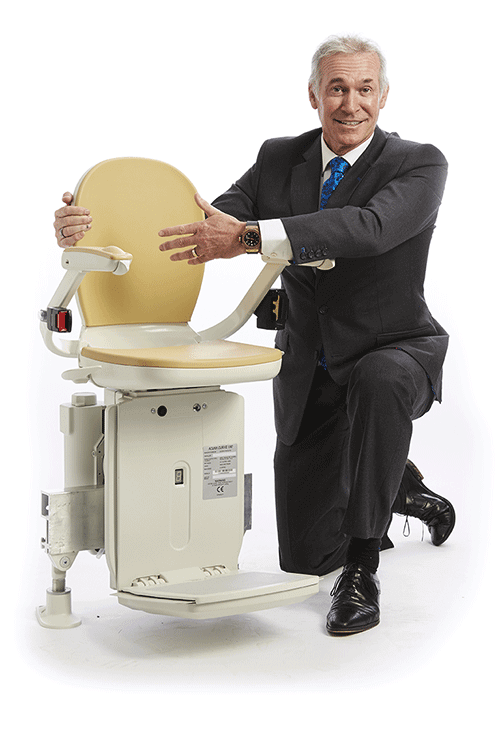
It's no mystery that retaining a sense of equilibrium is significant. It's sensible to balance all you do, whether it's how you eat or the time you spend on everyday errands. Comparably, the balance and stability you use to stay mobile in your household are vital. Improving or maintaining equilibrium reduces the risk of slipping and being hurt. Many causes, like vision problems, arthritis, and difficulty balancing, will all affect your balance as you age. Surprisingly, regular physical balance routines will help improve anything from cognitive functions to the general quality of life.
Yoga, tai chi, or a BEEP (balance-enhancing workout program) can help with both static and dynamic equilibrium. Since our bodies evolve as we age due to diminished body systems, we must do all we can to sustain and build strength to remain healthy. Here are a few simple activities to help you become more steady:
Standing on One Leg- Stay on one leg for 30 seconds, gently raising your knee and lifting your foot off the ground. Repeat on the other leg.
Side Stepping- Perform side shuffles in your house, making it more challenging by putting small items in your path.
Walking- Developing endurance is one of the most fundamental ways of retaining balance. Walking works various areas of the body, including stomach muscles, and will help you stay grounded when completing daily tasks.
Although fall hazards are the most compelling reason to improve your balance, there are a few other advantages.
- Increased Cognitive Performance: Improved balance by training can improve recall, self-mapping, and navigation, according to a recent study (Dunsky, 2019). Balancing practice for just a few weeks could improve your cognitive capacity significantly.
- Increased Quality of Life: According to the findings in an additional study (Halvarsson, 2018), participants in a balance-related program saw a significant decrease in their risk of experiencing depression due to concerns of slipping after three months of participation.
Some Things to Keep in Mind
Before moving too fast and doing any complex maneuvers, take a few steps to ensure your safety.
- Please take your time. Progress takes time, and you won't see much of a difference right away. Start with more effortless movements and work your way up to more difficult ones as your strength grows.
- When balancing, be cautious. Use a nearby chair in case you're in need of a break or need help balancing.
- Seek advice from your physician first. Consult your doctor before you begin any fitness program to ensure that it is the right fit for you and your body.
You can boost your everyday balance with the assistance of home aids. Attaching handles to walls where you need assistance will help to improve your safety. It could also make a massive impact if you use non-slip mats underneath the rugs in your home. If remaining stable on the stairs is a problem, a skilled engineer can install a stairlift in your house. Stairlifts will help put your mind at ease whether you're stressed or anxious about your stability when using the staircase. Acorn Stairlifts has a variety of options for regaining your life's balance.
Overall, changing your mindset and integrating balance into your daily routine may improve your quality of life. Take some of these pointers with you to stay mobile, fit, and healthy, particularly at home.
Sources:
Dunsky A (2019) The Effect of Balance and Coordination Exercises on Quality of Life in Older Adults: A Mini-Review. Front. Aging Neurosci. 11:318. where doi: 10.3389/fnagi.2019.00318
Hafström, A., Malmström, E. M., Terdèn, J., Fransson, P. A., & Magnusson, M. (2016). Improved Balance Confidence and Stability for Elderly After 6 Weeks of a Multimodal Self-Administered Balance-Enhancing Exercise Program: A Randomized Single Arm Crossover Study. Gerontology & geriatric medicine, 2, 2333721416644149. https://doi.org/10.1177/2333721416644149
Halvarsson, A., Olsson, E., Farén, E., Pettersson, A., and Stahle, A. (2011). Effects of new, individually adjusted, progressive balance group training for elderly people with fear of falling and tend to fall: a randomized controlled trial. Clin. Rehabil. 25, 1021–1031. doi: 10.1177/0269215511411937

